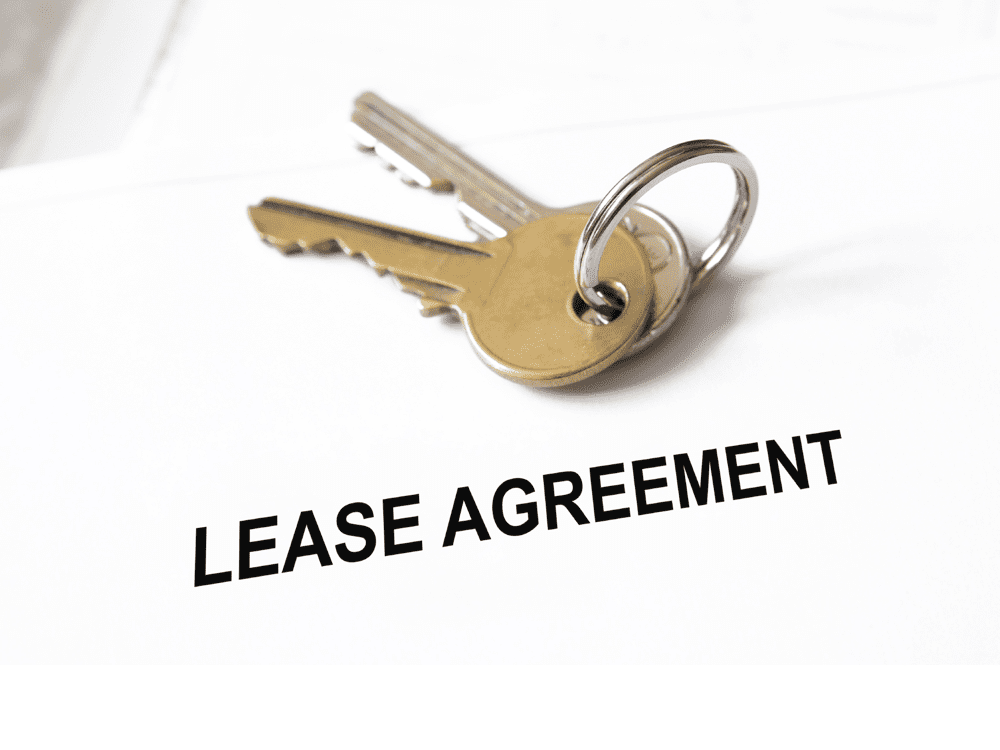we have answers.
Today we’re going to talk about the issues that can arise when the tenant of a property becomes insolvent.
A situation like this can raise a lot of questions, particularly for the landlord of the property.
Here are a few of the more common ones:
- Who has more authority — the landlord or the insolvency practitioner?
- Who is liable for any rent that’s owed?
- Is the landlord allowed to re-enter the premises?
- What will be included in the landlord’s debt?
We’ll answer these questions, and talk about:
- The issues a landlord in this situation will face (and how they can protect their interest)
- The implications of an Administrator, Liquidator or Receiver being appointed with reference to the Corporations Act 2001 (Cth) (“the Act”)
- What happens when the practitioner disclaims the lease
- Any liabilities the practitioner may face.
The lease
One of the most important documents in these situations is the lease. This document, which is a binding contract between the tenant and the landlord, determines the immediate rights of both the landlord and the practitioner (Receiver/Controller, Voluntary Administrator or Liquidator).
It also outlines what happens if the tenant becomes insolvent. In most cases, the tenant’s insolvency is an automatic breach of the lease’s terms.
Under the terms of the lease, the tenant (company or individual) will be liable for any rent in arrears. And as it is a contract, it will generally survive the practitioner’s initial appointment.
Who has the right to do what?
So who has more authority — the landlord or the practitioner? As it turns out, their rights and responsibilities are determined by the type of appointment being used. Here’s a quick summary of each party’s rights and responsibilities when a given practitioner is appointed.
When a Receiver/Controller is appointed:
- The receiver/controller is liable for any rent owed by the tenant seven days after the control day.
- A controller can give the landlord notice that they don’t intend on exercising any rights in relation to the property. If notice isn’t given, they are liable until either:
- they retire from the role
- the Company ceases to occupy or own the premises.
- The landlord can start proceedings to gain possession or force compliance with the terms of the lease. (The receiver has no protection under the Act that would limit the rights of the landlord.)
When a Voluntary Administrator is appointed:
- The Administrator is liable for any debts payable under the lease:
- for the period beginning five days after administration begins
- if the company continues operating out of the premises.
- The Administrator can give notice to not exercise the rights under the lease. If notice isn’t given, the Administrator is liable for ongoing rent and monies owed under the lease.
- The owner or lessor can’t take possession of property used or occupied by the Company unless they have either:
- written consent from the Administrator
- leave of the Court.
This is the case even if the lease contains a clause allowing the lessor to immediately terminate and re-enter the premises if the lessee becomes insolvent.
When a Liquidator is appointed:
- The Liquidator isn’t personally liable for:
- rent during the liquidation
- any of the Company’s rental arrears.
However, if the Liquidator decides the Company will still occupy the premises, the rent for that period will be a cost in the winding up.
- The Liquidator has the right to disclaim the lease contract. This disclaimer will:
- relieve the Company of its obligations and liabilities under the lease
- give the landlord right to re-enter and take possession of the premises.
- Most commercial leases consider insolvency a default, which gives the Landlord the right to immediately terminate the lease. However, the Liquidator can seek to either:
- disclaim the lease as an onerous contract
- notify the Landlord of the continued occupation (if the premises is needed). In this case the Liquidator will not adopt the lease, and will be only liable for the specific period.
- If the lease is not disclaimed, the Landlord can give notice to the Liquidator regarding their intentions. The Liquidator then has 28 days to respond.
Claiming debts during the Administration period:
Regardless of which practitioner is appointed, the landlord can lodge a proof of debt in respect to monies outstanding such as:
- any rental arrears at the time of appointment
- any rent that becomes due after the appointment.
Future rent payable under the lease can also be claimed in the administration. However, the amount may be discounted in accordance with certain regulations.
The landlord must try to mitigate their losses by looking for a new tenant. The claim may then be adjusted for the amount paid by the new lessee.
Further steps they can take to mitigate their losses include:
- ascertaining the practitioner’s intentions regarding the continued occupation at the premises
- calling on the bank guarantee/security deposit
- attending any creditor meetings convened throughout the administration.
The two most likely outcomes:
Most insolvency situations end in one of two ways:
- The tenant vacates the premises, and the landlord lodges a claim (proof of debt) in the administration
- The tenant’s financial affairs are rectified through a formal arrangement, and their tenancy continues.
Either way, the Landlord should be prepared for some of the rent to remain unpaid.
As you can see, an insolvent can pose significant issues for a Landlord. If you’re facing this situation, or would like to know more about potential problems and your options, get in touch with Rapsey Griffiths today. We can help you minimise the risk, and maximise your chance of getting the outcome you deserve.


